 The European Space Agency (Esa) has ordered the first bespoke spacecraft in its new global monitoring programme.
The European Space Agency (Esa) has ordered the first bespoke spacecraft in its new global monitoring programme.Sentinel 1 is the first Earth observation satellite to be built for the Global Monitoring for Environment and Security (GMES) project. Esa plans to launch five Sentinel spacecraft to track changes in the land, oceans, weather and climate.A 229m euro (£155m) contract for the design and development of Sentinel 1 was signed at the Paris Air Show.Jean-Jacques Dordain, Esa director-general, and Pascale Sourisse, chief executive of industrial partner Thales Alenia Space, were on hand to do the honours."This is the first concrete step in creating the space infrastructure for GMES," said Volker Liebig, Esa's director of Earth observation programmes.
Political imperative
GMES is designed to provide Europe's politicians with independent environmental data to support policy decisions.The programme will have a particular emphasis on climate change.
"The last G8 summit showed that Europe has really taken a lead in the political discussions about global change," Mr Liebig told journalists in Paris."GMES will deliver the necessary instruments and information so that our politicians can make the right decisions on how we adapt and tackle this complex issue."The Intergovernmental Panel on Climate Change (IPCC) Fourth Assessment Report predicts a temperature rise by the end of the century of between 1.8C and 4C (3.2-7.2F).The report, published earlier this year, also says sea levels are likely to rise by 18-59cm (7-23 inches) and Arctic summer sea ice is likely to disappear in second half of the century.These climatic changes are likely to lead to a rise in the frequency of heatwaves and an increase in the intensity of tropical storms."Global climate change is not something for our grandchildren to deal with any more. It is taking place," said Mr Liebig.Pascale Sourisse added: "GMES is essential for European citizens and the industrial community.It will help predictions in the short, medium and long-term."
Multitasked platform
Sentinel 1 is equipped with a synthetic aperture radar (SAR) system, used to generate detailed radar images. By using radar, the satellite can make images at any time of the day or night, regardless of the Sun's illumination. Radar wavelengths are longer than those of visible or infrared light. So SAR can "see" through cloudy and dusty conditions that visible and infrared instruments cannot.Sentinel 1 will image the Earth in swathes 250km (155 miles) in diameter and with a ground resolution of five metres.It will be able to monitor environmental conditions on land and at sea. It will be able to provide detailed data on land surface motions when, for example, landslides occur.The satellite's capability for rapid mapping will be vital after natural disasters, when emergency services need to identify quickly whether roads still exist and villages are still intact.It will also watch over the marine environment, mapping oil spills and changes in sea ice.Sentinel 1, said Mr Liebig, "gives us the only means to observe what is happening at the poles, which have a very important impact on sea levels and climate".
To read more go to:
As in the days of Noah...



















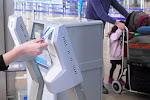


















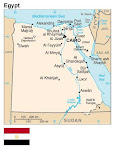
























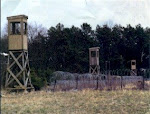









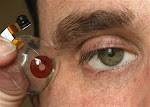





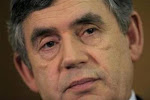






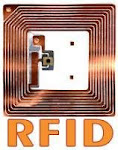.bmp)








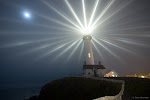
















.bmp)